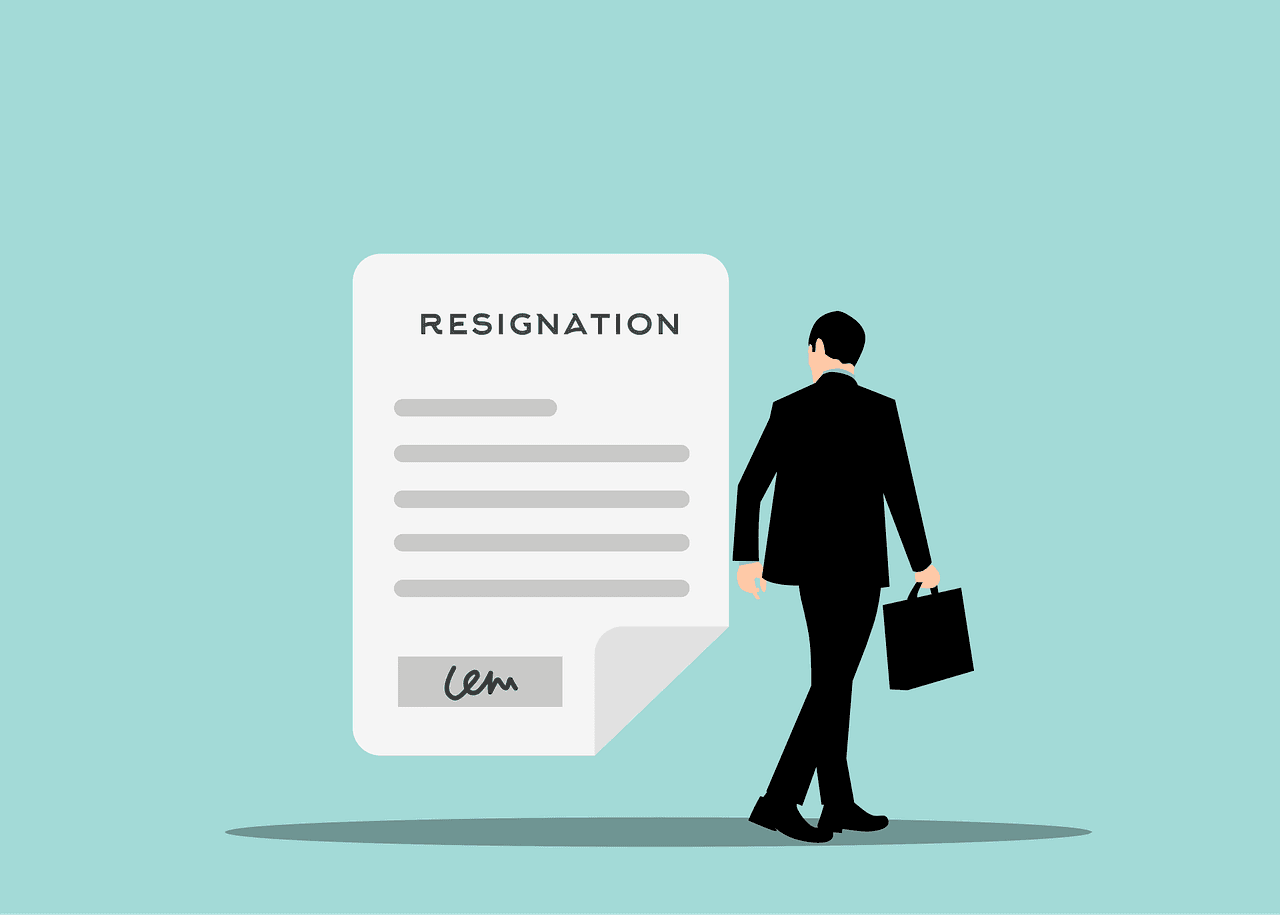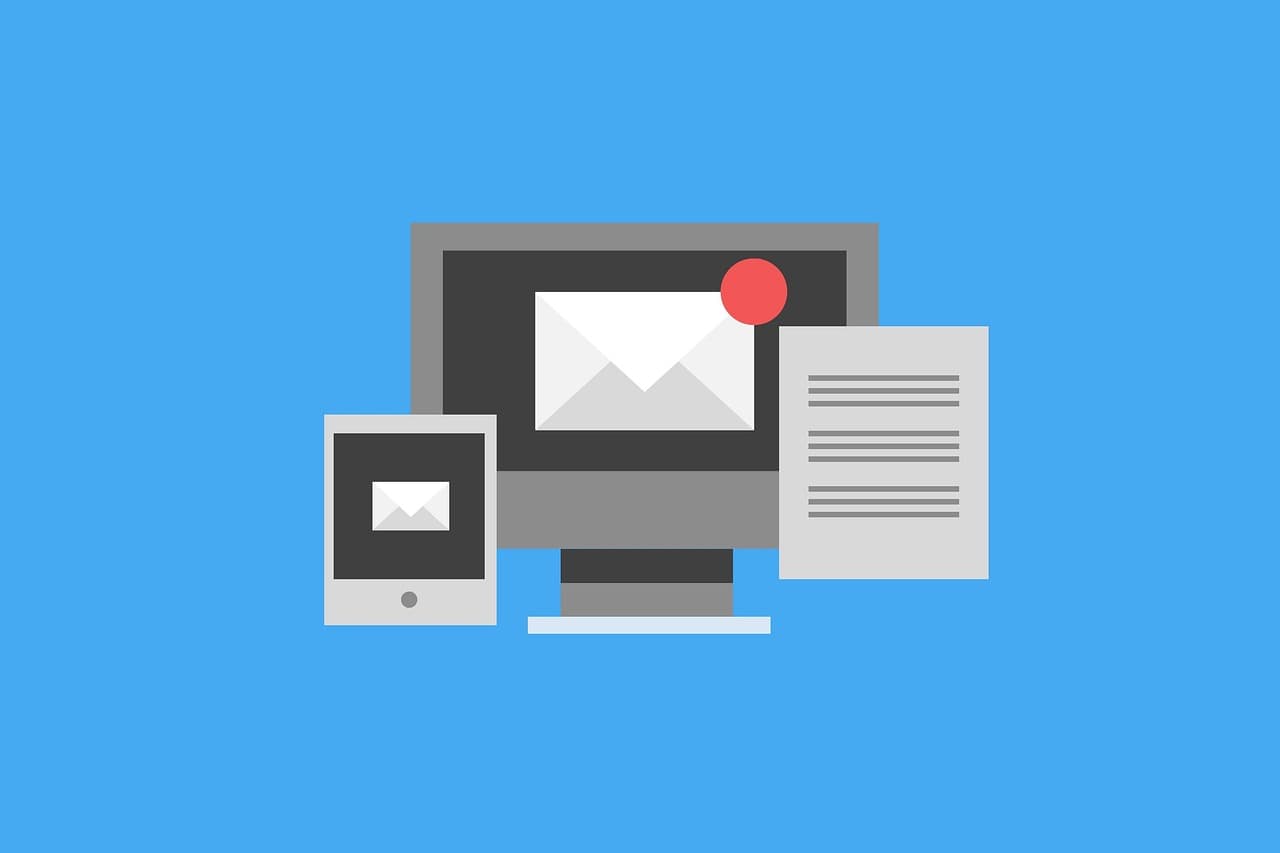Why Fewer Better B2B Leads Win More Revenue

A smaller, high quality list often beats a huge list that looks exciting but does not convert. This post shows clear example numbers to prove why fewer, better leads drive more revenue, waste less time, and protect deliverability.
TL;DR
-
A focused list of 2,000 real contacts can generate more than three times the revenue of a 10,000-contact list and can also save about 55 hours of ops time.
-
Bounce risk drops from about 12% to about 3% in the example below, which significantly reduces blocklist risk and keeps your domain reputation safe.
Why Lead Quality is Better Than Quantity
A huge list might get a lot of activity, but activity is not the goal. Closed deals are what matter. A smaller and more qualified list usually gets more replies for every 100 emails you send. That happens because the people actually match your ICP, the message speaks to a real problem, and you can add a little light personalization. When your outreach feels relevant, you get far more replies than you would by blasting a giant list.
High-quality lists also lead to fewer bounces because they are built with verification and freshness in mind. That includes fixing typos, removing dead domains, skipping role-based addresses and obvious traps, and confirming MX or SMTP responses when needed. It also means relying on fresh, human-verified contacts instead of old database data. With fewer invalid addresses, you see fewer bounces, less manual cleanup, and a cleaner dataset for the next campaign.
Quality also protects your sender reputation for future campaigns. Mailbox providers pay attention to bounces, spam complaints, and engagement. Cleaner lists lead to fewer bounces, fewer complaints, and better open and reply rates. That signals to the algorithms that people actually want your emails, which helps more of them land in the inbox next time around. When you rely on low-quality mass sends, the opposite happens. Bounces pile up, engagement drops, reputation falls, and every future email becomes harder to deliver.
A Cold Email ROI Example
Let’s walk through a simple example that compares a high-quality list to a low-quality one. Here are the baseline inputs we will use:
Deal size or Average Selling Price (ASP): $8,000
What this means: The typical revenue from one closed deal.
Why this number: $8,000 is a reasonable deal size for SMB B2B
companies. It is high enough to show a clear return, but not so high
that a single win would distort the model. You can adjust this to match
your own pricing.
Wage value for your Sales Development Rep (SDR) time: $50 per hour
What this means: The true hourly cost for sales development or
operations work, including salary, taxes, benefits, and overhead.
Why this number: $50/hr is a reasonable US estimate for total cost.
If your team is offshore or more senior, adjust the number to fit your
situation.
Email Service Provider (ESP) send cost: $0.001 per email
What this means: The cost your ESP charges to send one email.
Why this number: Many providers price large volumes in the
$0.0005–$0.003 range. Using $0.001 keeps the math simple while
staying realistic at a moderate scale.
Bounce cleanup time: 2 minutes per bounce
What this means: The average time that is needed to suppress the
contact, note the reason, fix the source if needed, and keep the CRM
clean.
Why this number: With a simple workflow that includes suppression and
a quick note, two minutes is conservative. If your process involves more
steps such as verification or a deeper source audit, increase the
estimate.
Personalization time per contact: 45s (high-quality) vs 15s (low-quality)
What this means: The average time to add a relevant line or two
before sending.
Why these numbers: When the list is targeted, most reps will spend
about 45 seconds looking up something small and personal because it
helps get more replies. When the list is huge, it is usually closer to
15 seconds with a simple merge field. If your team digs deeper or uses
AI to speed things up, you can adjust the timing to whatever fits your
workflow.
| Input | Small and High-Quality | Big and Low-Quality |
|---|---|---|
| Emails | 2,000 | 10,000 |
| Deliverability | 97% | 88% |
| Reply rate of delivered | 6% | 1.2% |
| Meetings per reply | 30% | 20% |
| Sales per meeting | 25% | 15% |
| ASP | $8,000 | $8,000 |
| Personalization time | 45 seconds | 15 seconds |
| List cost per record | $1.50 | $0.10 |
Results
Think of it like a funnel. In the same campaign, the high-quality list only sends about 1,940 delivered emails, compared to 8,800 for the big list. Even with a much smaller send, it performs better at every stage. Those deliveries turn into about 116 replies, while the big list gets around 106. The replies lead to about 35 meetings, compared to roughly 21. In the end, the smaller list produces about 8.7 closed deals, while the big one lands around 3.2. That’s why the revenue comes out to about $69,840 for the high-quality list and about $25,344 for the large, low-quality list.
In short, better fit leads to more replies, more meetings, more sales, and almost three times the revenue with far less waste.
Time & Cost
The high-quality list also takes less time overall. You spend a bit of effort tailoring messages, and almost no time fixing bad addresses. It comes out to about 25 hours of light personalization and around 2 hours of bounce cleanup, so roughly 27 hours total. The big list needs far more work, with about 42 hours of personalization and around 40 hours of cleanup, which adds up to roughly 82 hours.
At $50 per hour, that is about $1,350in time for the high-quality list and about $4,083 for the big one. Sending costs almost nothing either way, about $2 for the smaller list and about $10 for the large send. The list itself costs $3,000 for high-quality data and about $1,000 for the large low-quality list. When you add it all up, the total cost is about $4,352 for the high-quality list and about $5,093 for the big one. So you spend less money, burn far fewer hours, and get better results.
Bottom Line
In conclusion, the high-quality list brings in about $65,488 in net profit, while the big list brings in about $20,251. That puts the return at roughly fifteen times your spend for the high-quality list, compared to about four times for the larger one.
You also work much more efficiently. Each closed deal takes about 3.1 hours on the high-quality list. The big list takes about 25.8 hours per win. The cost per deal is about $499 instead of about $1,607.
Bounce risk is much lower as well. The high-quality list sees around 60 bounces, while the big list ends up with more than 1,200. That protects your sender reputation and keeps future campaigns deliverable.
In short, you get more profit, better returns, fewer hours of work, and far less risk.
How Emarketnow Ensures List Quality
Emarketnow builds human-verified, custom B2B contact lists that stay high quality whether you are running a small test or a larger rollout. We start by locking in your ideal customer profile, then we check every record for typos, real domains, and deliverability. We filter out role accounts and obvious traps, remove duplicates, and prioritize recent, active contacts. We also take out anyone who does not match the industry you asked for to prevent industry drift. Before we send the final list, we run one more pass and cut anything that looks risky. You choose the size that fits your plan, big or small, and the quality stays consistent so you can focus on replies, meetings, and sales instead of cleaning bad data.
FAQs
Do we lose top-of-funnel volume with fewer contacts?
You lose raw emails and not qualified opportunities. The goal is not to blast the most emails, it is to get the most qualified replies, meetings, and sales. The math above shows that a smaller, cleaner list actually produces more sales per hour and per dollar, even though the total send count is lower.
Can a giant B2B list ever win?
Yes, as long as the quality is high. But when the quality is high, you usually do not need to send the entire list. You can target a smaller slice and still get the same results, or even better results, with far less risk and a lot less cleanup.
Ready to reach fresh, human-verified leads today?
Start for FreeRelated articles
How To Safely Blend First Party And Third Party B2B Data
Use your own first-party data to define your ICP, then fill the gaps with human-verified B2B contact lists. Learn how to merge both without disrupting your CRM.
Why Today’s Job Market Quickly Breaks Your CRM
See the key labor market stats behind job hopping and job hugging and learn why fast job changes cause your CRM to become outdated in under two years.
Scraped, Crowdsourced, and Research Grade B2B Data Explained
Most cheap B2B lists are scraped or pooled. See how to spot risky data, test any provider, and choose real research-grade human verified data.


